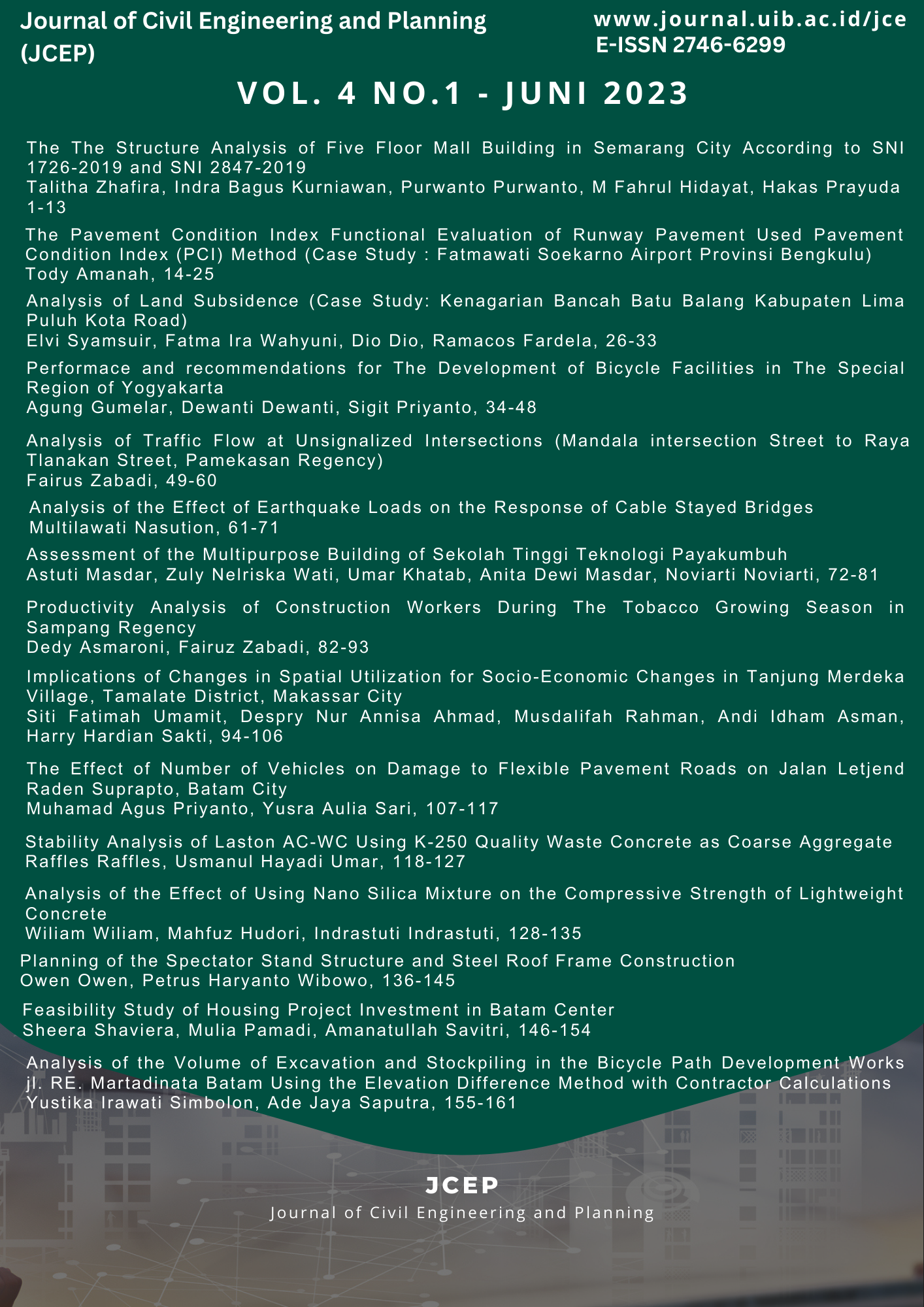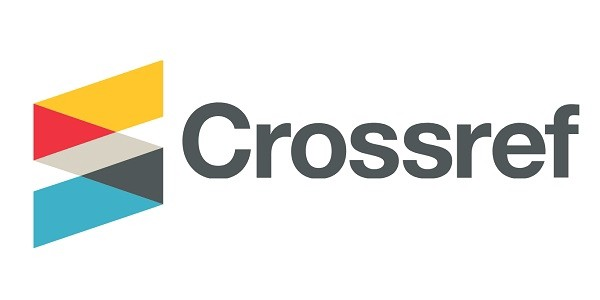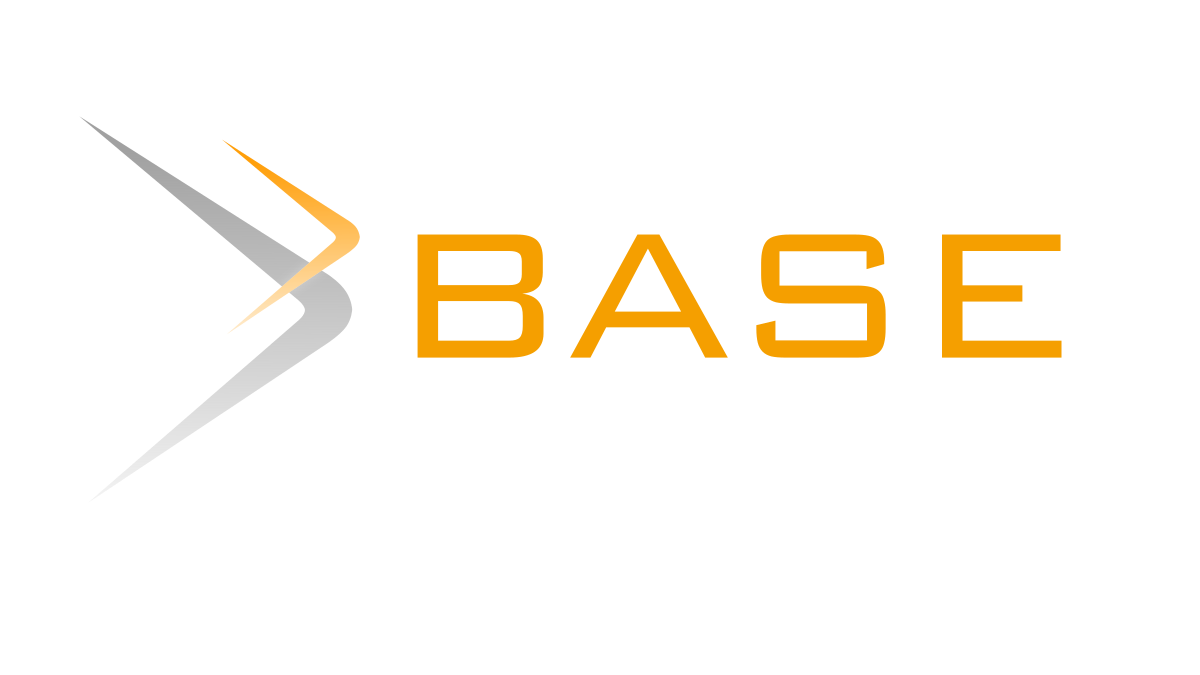Analysis of Traffic Flow at Unsignalized Intersections (Mandala intersection Street to Raya Tlanakan Street, Pamekasan Regency)
DOI:
https://doi.org/10.37253/jcep.v4i1.7774Keywords:
Intersection Performance, Unsignalized Intersection, Traffic Volume.Abstract
Traffic problems are often found in big cities or small towns, one of which is Pamekasan Regency. Traffic jams often occur at the intersection with no signal, the intersection of Jl. Mandala – Jl. Raya Tlanakan Pamekasan City. Intersections are an integral part of all road systems. The performance of the intersection often decreases which has an impact on road users due to vehicle queues, decreased speed, decreased environmental quality and increased delays. The benchmarks for evaluating the performance of intersections are capacity, queuing opportunities, intersection delays and degrees of saturation. The results of the analysis of the performance of the intersection obtained a maximum capacity value (C) of 2257.83 pcu/hour not more than the basic capacity (Co = 2700 pcu/hour). This shows that the lowest capacity classification occurs on Thursday, December 8, 2022 at 18.00 – 21.00 WIB, while the highest DS (Degree of Saturation) value is 0.63 and the largest intersection delay (D) is 19.17 sec/ SMP occurs on Thursday, December 8, 2022 at 06.00 – 10.00 WIB. Based on these results it can be seen that the capacity at the intersection of Jl. Mandala – Jl. Raya Tlanakan Pamekasan City is still feasible to accommodate the traffic volume, because it is smaller than the basic capacity of the intersection. To overcome the problem of congestion at intersections, generally during working hours or during peak hours, security and supervision from related parties are needed



_0011.jpg)









